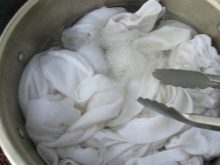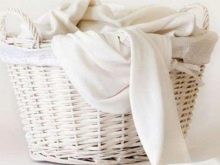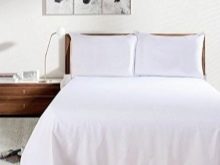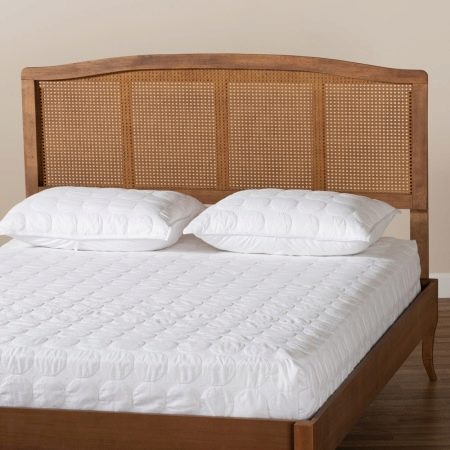All About White Sheets

Despite the huge variety of color options available on the market today, white linens are preferred by many. It is a symbol of freshness, purity, comfort and sophistication. However, from time to time the question arises of how to return the sheets to their former whiteness.
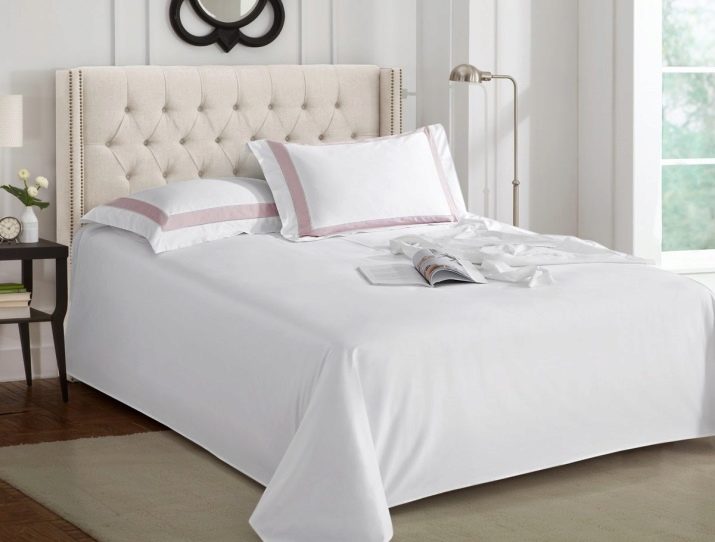
Species overview
No one would argue that for everyday activity you need a full night's rest, the guarantee of which is good bedding. Therefore, the sheets must meet a number of requirements. They should be durable, comfortable, pleasant to the body. Modern industry creates many types of fabrics suitable for sewing bed sheets. However, it is cotton fabrics that have indisputable advantages.
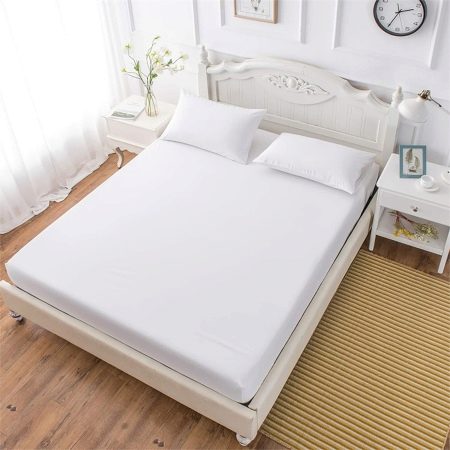
Here are some of their pros:
- environmental friendliness: natural material does not harm either adults or children;
- excellent hygroscopic properties, the ability to create air exchange;
- no accumulation of static electricity;
- hypoallergenic: such fabric will not cause allergic reactions and irritations on the skin.
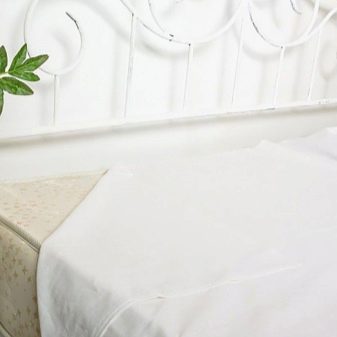

A minor drawback is that cotton materials can shrink after the first wash.
Considering that the existing GOST defines the length of the sheet at not less than 2 meters, this disadvantage is very relative.
In addition, it is possible to make a sheet of the required size at home, having only initial sewing skills.
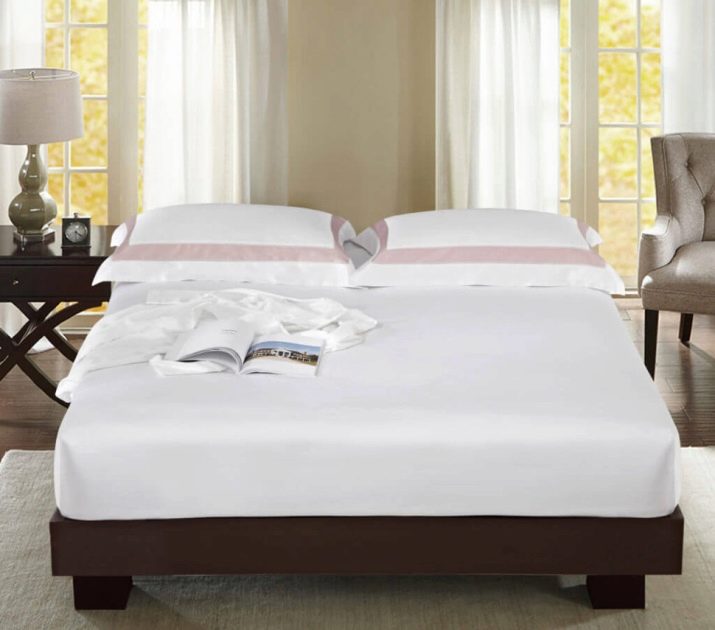
White sheets are sewn from different types of cotton materials.
- Calico. One of the most popular types, as it is distinguished by its strength and wear resistance. Density and durability allow the fabric to keep its good appearance for a long time.Daily use of the sheet does not spoil its performance. However, the harsh fabric can be uncomfortable for those with sensitive skin.
- Satin. Also durable. Multiple washings will not worsen the condition of the sheet. In appearance, satin resembles silk, but it will cost much less.
- Linen. Due to its hygroscopic properties, it is considered the best material for the production of sheets. Fungi and other pathogenic microorganisms do not spread on flax. But you should be aware that a sheet made of this material wrinkles and does not lend itself well to smoothing.
- Batiste. A delicate thin sheet looks great, is very pleasant to the body, but is not very durable.
- Percale. During the production process, the fabric undergoes special processing, due to which it acquires incredible wear resistance and will serve for a very long time. Having withstood 1000 washings, the thick sheet will not lose its wonderful appearance. This is exactly the case when the high price fully justifies the quality.
- Silk. Bed linen from it looks luxurious, is characterized by high levels of hygiene and hypoallergenicity. However, silk is expensive and requires knowledge of the intricacies of care.

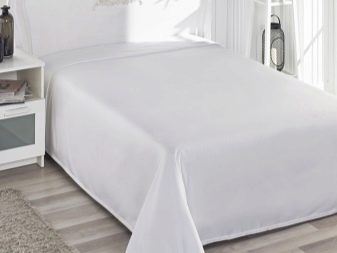
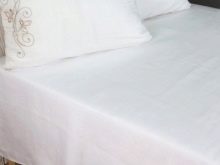
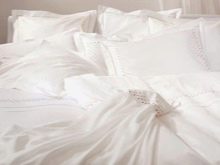
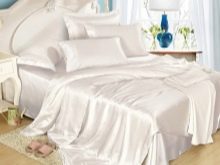
Selection Tips
When choosing a sheet, you need to pay attention to several criteria.
- Size and appearance. This is the first nuance that needs to be taken into account. The size and type of sheets will depend on the size of the bed or mattress. Therefore, the sheets are single, one-and-a-half, double, European size. Although such a classification exists, the generally accepted sizes are not always taken into account by manufacturers, as a result of which differences in parameters can be up to 15 cm. That is why it is useful to familiarize yourself with the contents of the label when buying, which usually indicates the size of the laundry.
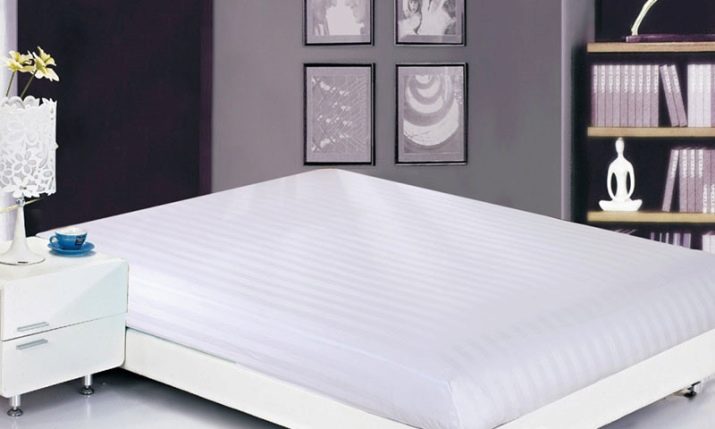
- Manufacturing material. Depending on the fabric, the properties of the linen, comfort for the body during its use, wear resistance, and price will be determined.
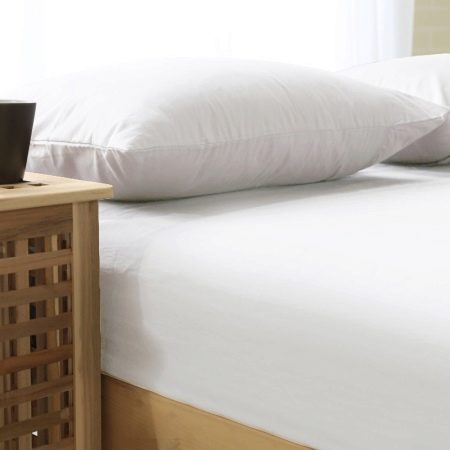
- Additional elements. Modern manufacturers often equip sheets with a special elastic band around the edges. A sheet fixed to the mattress will not crumple during a night's rest, which is especially suitable for children and people with restless sleep. However, when choosing such a product, you need to especially carefully monitor the size of the product, since if the length or width of the sheet is less than the required values by at least a couple of centimeters, it will not work to make the bed. And today there are heated sheets. They will not differ in appearance from ordinary products. Usually they are equipped with 2 modes of operation, they quickly warm up the bed to the desired temperature.
These models are ideal for use in cold rooms, as well as for children. However, it must be borne in mind that the cost of such sheets will be much more expensive than usual.
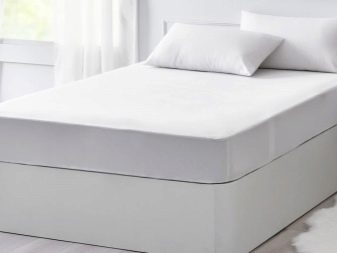
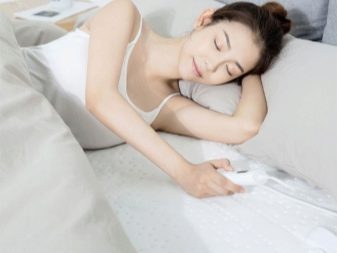
- Manufacturer. Not the most important parameter. There are many high-quality manufacturers from Russia, Belarus, Turkey, and European countries on the market. It is worth choosing, taking into account personal preferences and price category.
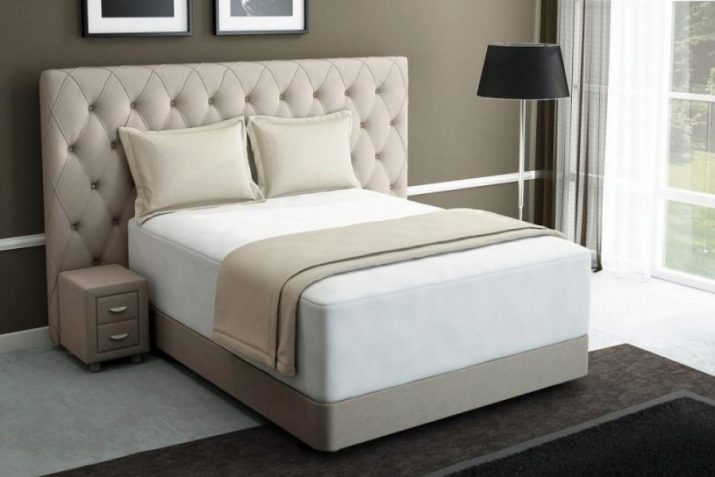
How to whiten at home?
During use, the sheet may be exposed to various contaminants; after washing, yellow stains may appear on it. Due to hard water and poor-quality detergents, laundry becomes gray over time. Many housewives are wondering whether it is possible to remove the yellowness or dark shade from a product that has not yet lost its strength and return it to its former whiteness.
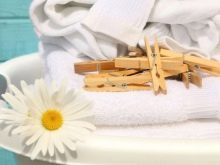
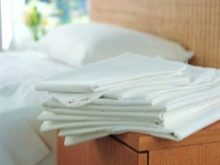
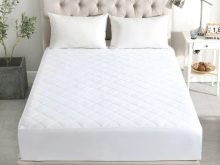
There are such funds. The store will offer you both expensive products and budget options.
They can have different properties, target different tissue types and differ in the way they work.
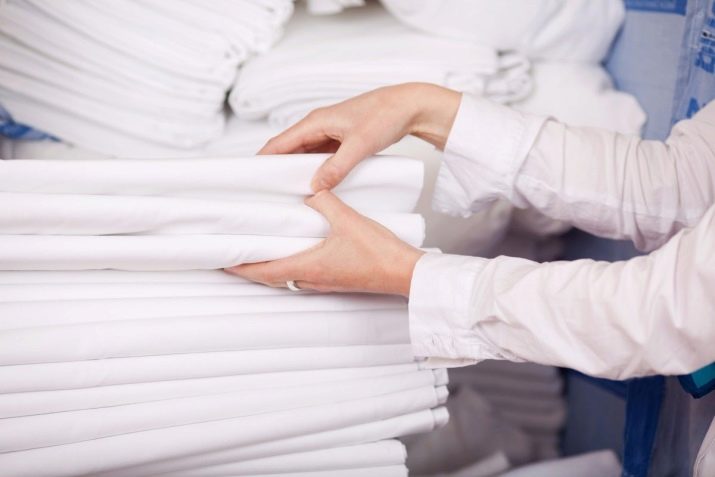
Be aware that there are 3 types of bleaches, each with pros and cons.
- Optical. They are often incorporated into detergents, and can also be added during washing.They are useful for creating the visual effect of bright whiteness, but do not actually bleach. The effect is achieved through luminescent substances. These bleaches will not remove stains or dirt.
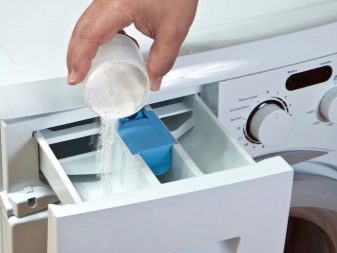

- Chlorine. The products have an affordable price, they remove various kinds of dirt well, disinfect linen, produce an excellent whitening effect, even if washing is done in cold water. However, such products are only suitable for hand washing, and they cannot be used often, as they damage fabrics, reducing their strength. Chlorine products can only be used for linen and cotton sheets, more delicate fabrics can be severely damaged. In addition, when using chlorine bleaches, you need to protect the skin of the hands and the respiratory system.
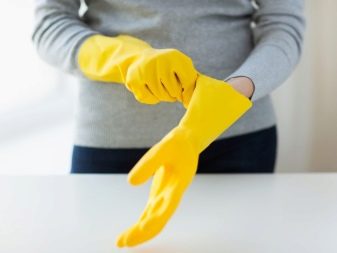

- Oxygen. They can be used on a variety of fabrics and are also machine washable. Eliminate dirt even at low temperatures, bleach effectively. Environmentally friendly products deal with stubborn stains and rinse well. The disadvantage can be considered a rather high cost.
It should be added that in order to obtain the declared effect, any agent should be used in accordance with the instructions, which are necessarily contained on the package.


The sheets that have lost their whiteness can be restored to life with the help of folk remedies. Before washing machines were widespread, bed linen was boiled, and many people still prefer this method of bleaching. The method is safe, since it does not use aggressive chemical bleaching agents.
